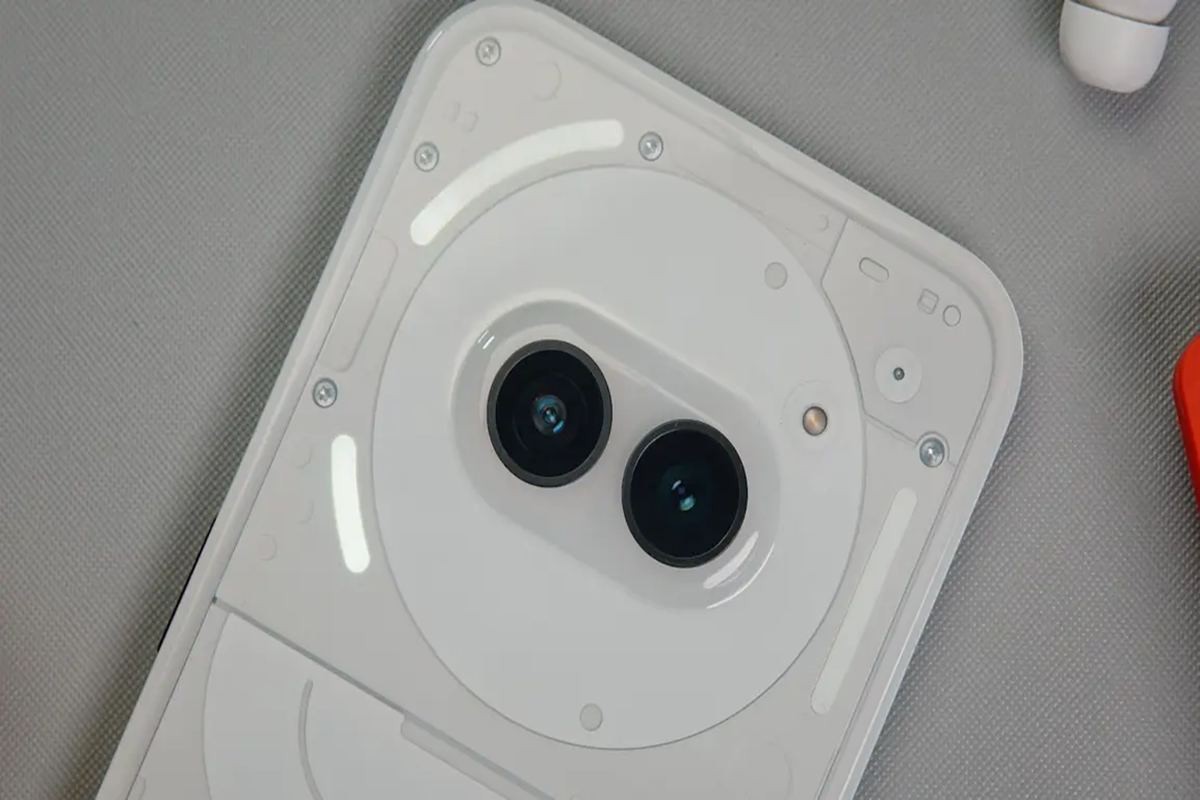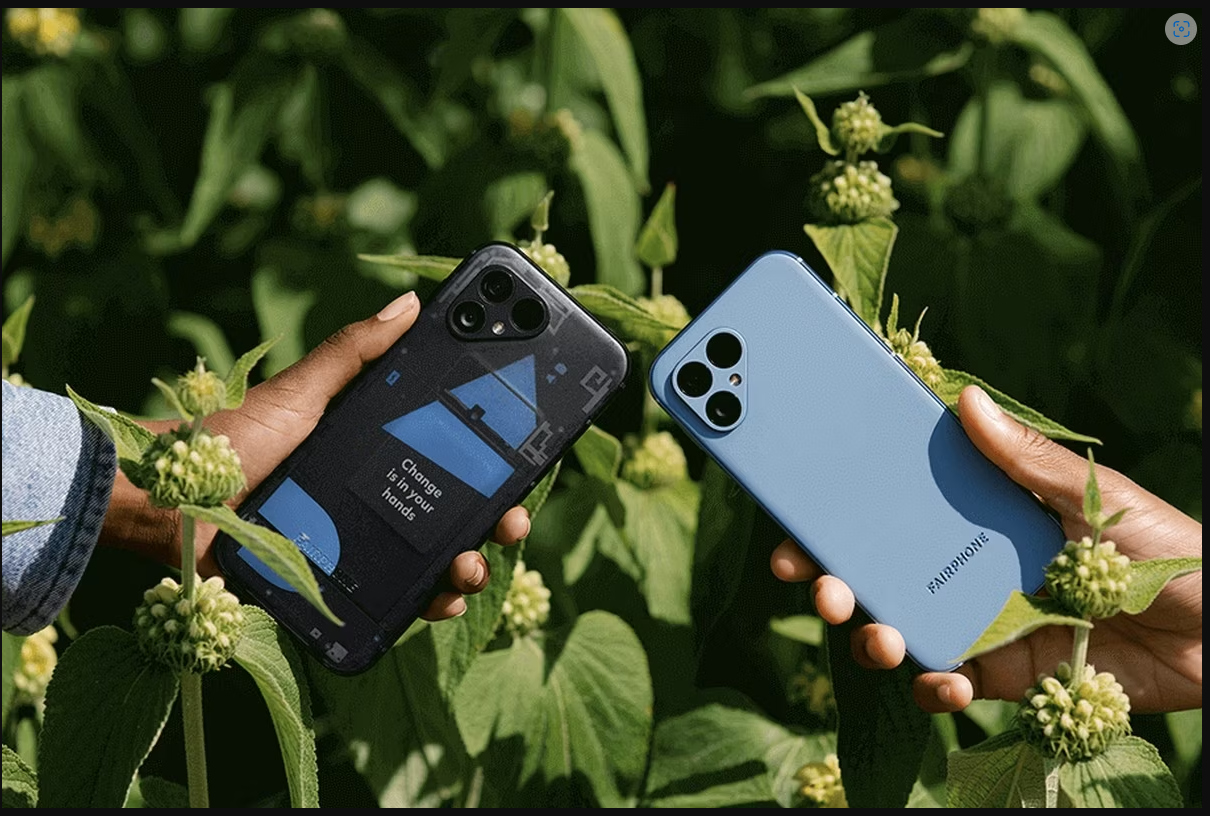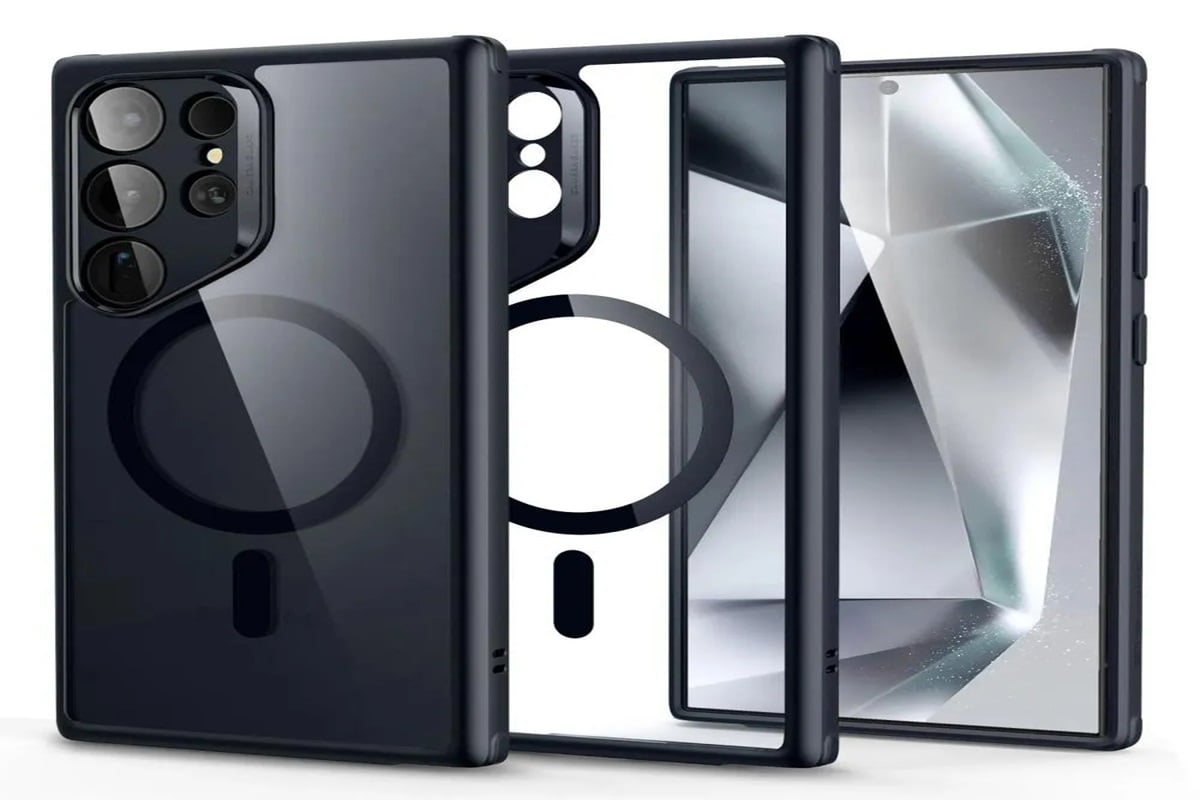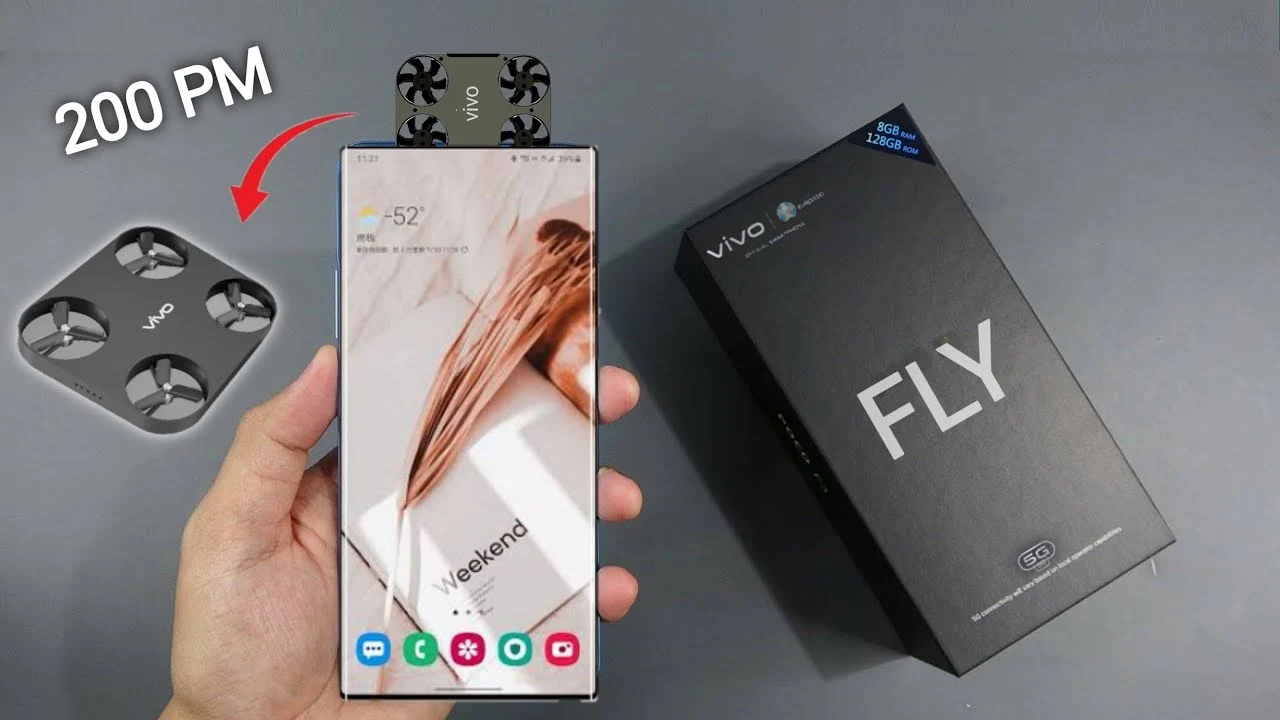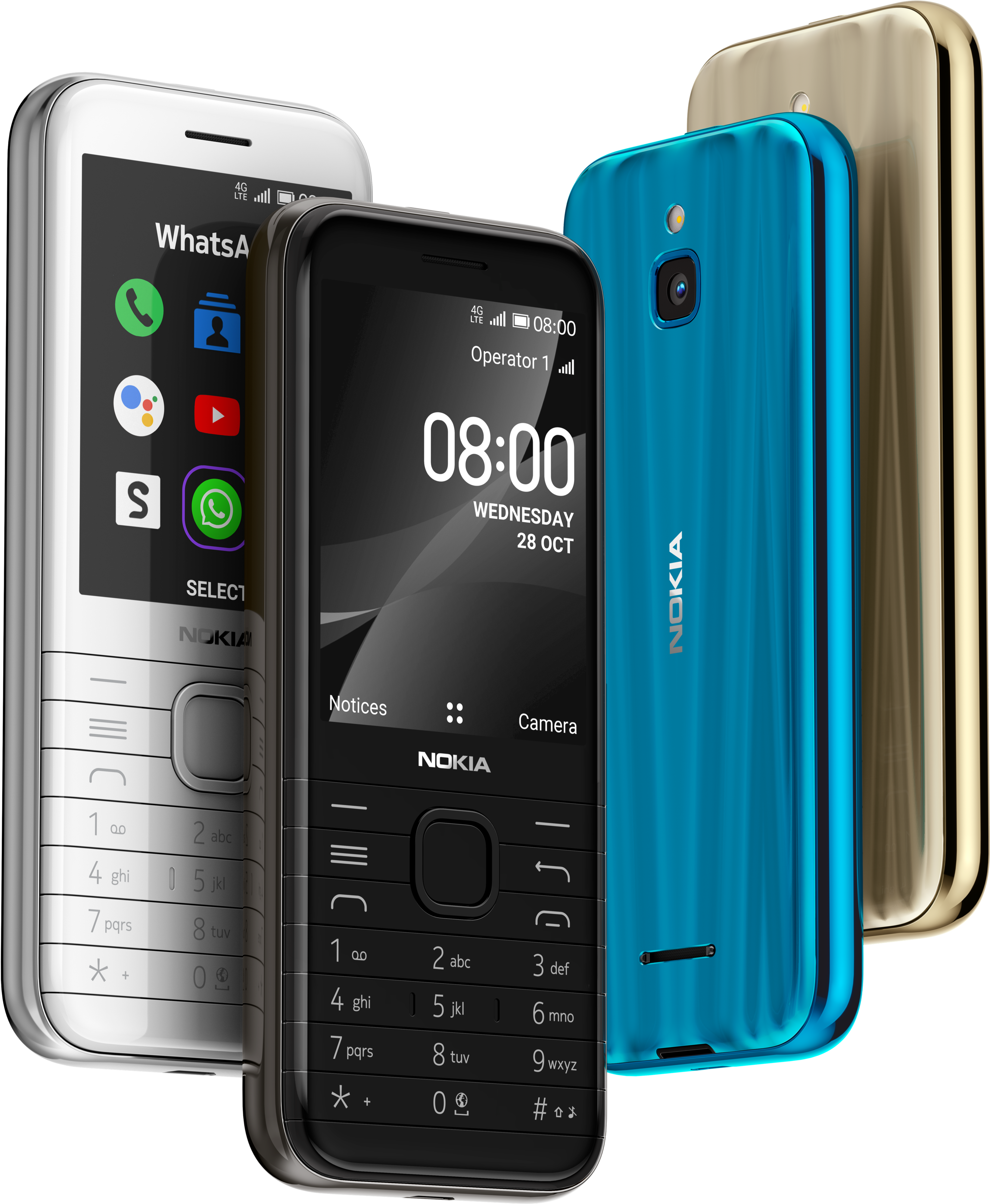According to a report from research firm IDC, Samsung has once again outperformed Apple in the smartphone market. In the first three months of the year, smartphone sales increased by 7.8%. During this period, Samsung maintained its leading position with a market share of 20.8%. The company sold over 60 million smartphones in South Korea.
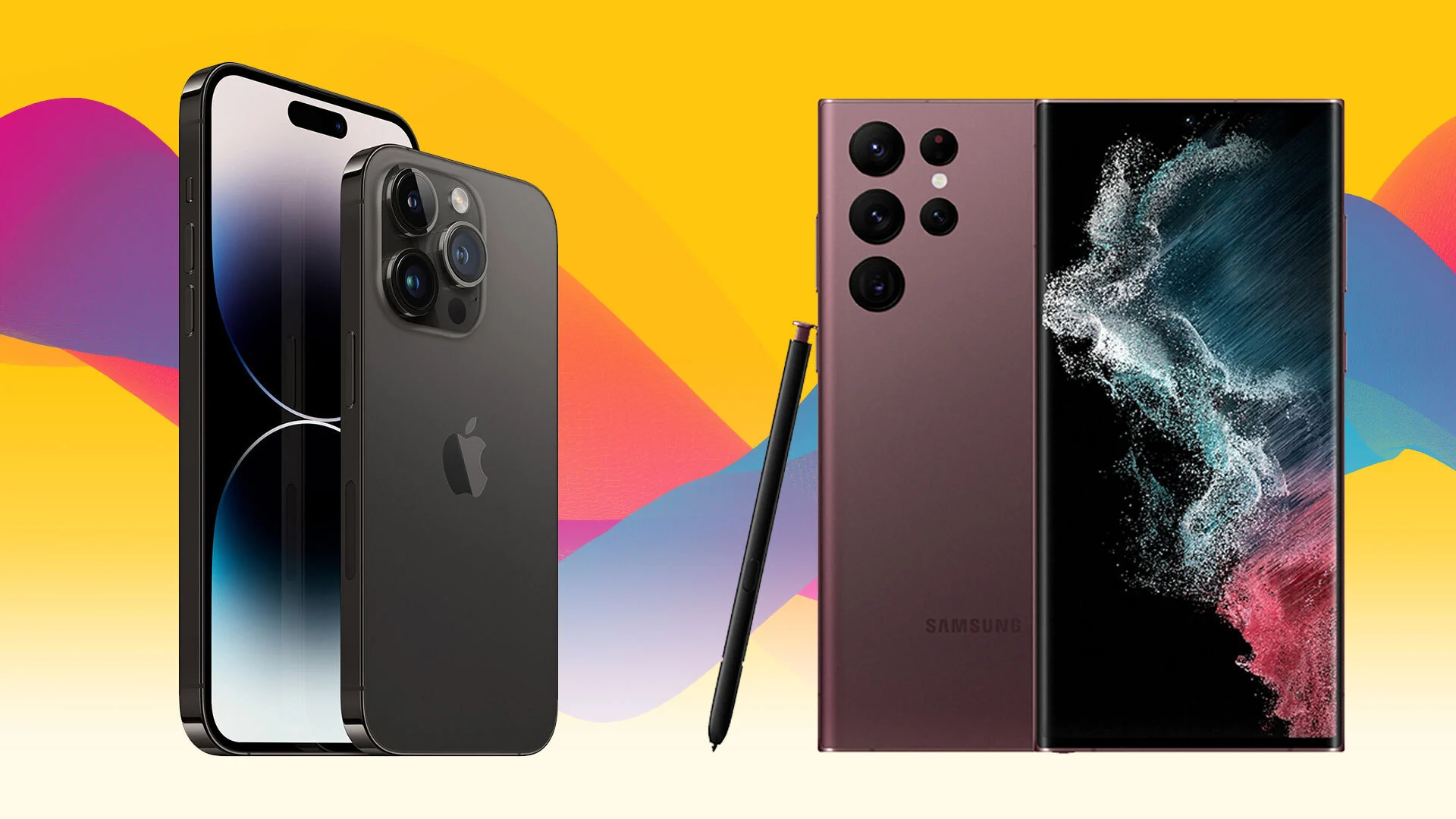
Apple’s market share stood at 17.3%, securing the second position with approximately 50 million iPhones sold. This marks a shift from Apple’s previous dominance, which lasted for nearly 12 consecutive years. In the past, Samsung had never surpassed Apple in the first quarter of the year, maintaining the top spot for over a decade.
In the latest report, Samsung has regained its top position after 12 years. Apple’s sales in China’s smartphone market also experienced a decline of 2.1% in the last three months of 2023. Following Samsung and Apple, Chinese smartphone maker Xiaomi secured the third position with a market share of 14.1%. Huawei is striving to maintain its position in the competitive smartphone market.
Samsung’s success in reclaiming the top spot highlights the fierce competition in the smartphone industry. The company’s ability to consistently innovate and offer a diverse range of products has contributed to its market dominance.
On the other hand, Apple’s slight decline in market share reflects the challenges it faces in maintaining its position amidst strong competition. The company continues to focus on innovation and product differentiation to appeal to consumers.
Chinese smartphone manufacturers like Xiaomi and Huawei also play a significant role in the market. Their competitive offerings and aggressive marketing strategies pose a challenge to both Samsung and Apple. The smartphone market remains dynamic and highly competitive with companies constantly striving to innovate and meet evolving consumer demands.

